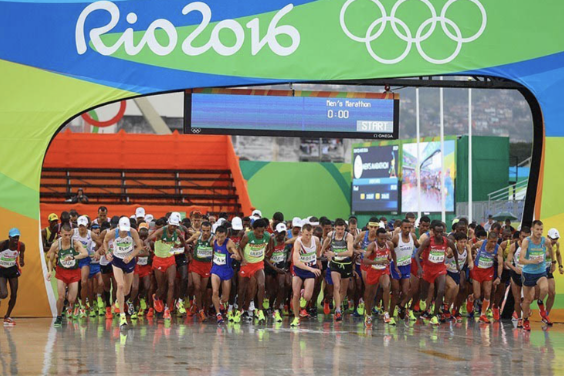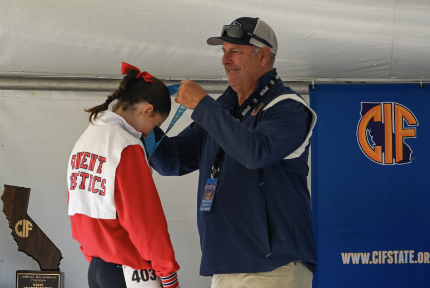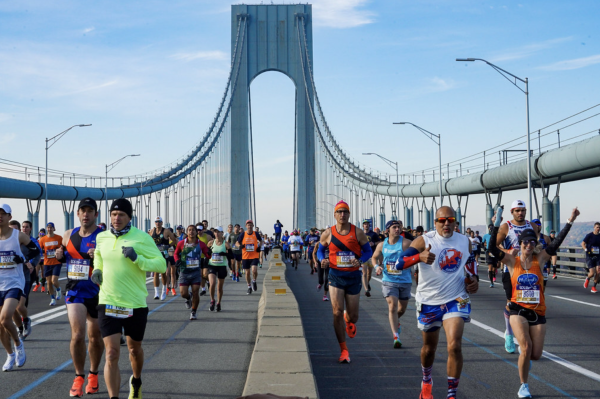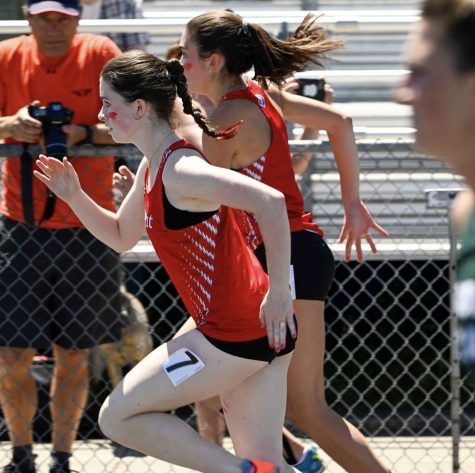A pain in the neck — and back
Excess weight in backpacks can cause harm.
Students mill in the Main Hall before school wearing their heavy backpacks. Bags without waist straps should not weigh more than 10 percent of the wearer’s weight, but most student packs are considerably heavier.
February 5, 2016
Based on the weight of her backpack, freshman Jordan Russell should weigh 290 pounds.
Russell’s bag weighs 29 pounds on a typical school day, yet backpacks should not weigh more than 10 percent of an individual’s body weight, according to Dr. Margaret Stafford, Assistant Clinical Professor of Family and Community Medicine at University of California, San Francisco.
“On a Red Day I carry my math notebook, biology notebook, French notebook, laptop, iPad, pencil case and English book ‘Macbeth,’” Russell said. “If I put them in my cubby, then I often forget to come back.”
Student backpacks average 22 pounds, according to a Broadview survey conducted on Jan. 27 in which 27 random backpacks were weighed as students entered the school.
“An average high school student might weigh 120 to 130 pounds, so we’re talking about 12 pounds at the most,” Stafford said. “A 30-pound backpack is almost a quarter of that person’s body weight, so that would cause much more significant problems than a lighter backpack.”
At least 14,000 injuries every year are treated from backpack related injuries, according to the U.S. Consumer Product Safety Commission.
Back pain can occur when backpacks are too heavy or if weight is unequally distributed, with one shoulder carrying more than the other. According to Stafford, students should use two straps while wearing a backpack, so the strongest muscles in the back and abdomen are supporting the weight.
“The body needs balance in carrying a load, so if you’re carrying a heavy load for a long period of time on just one side, or in general a heavy load, it can cause muscle strain,” Stafford said.
Students should pack heavier books closer to their back and arrange the backpack so its contents will not move around, according to the American Occupational Therapy Association.
When shopping for a new backpack, Stafford suggests consumers look for padded shoulder straps and weight belts to distribute the load more evenly.
“My back pain is a swimming injury mainly, but it’s also from the incorrect usage of my back muscles,” junior Bella Kearney, who suffers from back pain, said. “I just have to be super aware of what I put in my backpack and to make sure that everything I’m carrying is essential. I really need it, so I need to keep it as light as possible.”
Kearney goes to physical therapy to help strengthen her core, but she is still careful about what she puts in her backpack.
“I utilize my locker more than other people,” Kearney said. “I’ve made a point to make it work for class, but it definitely is more work for me to make time to go downstairs to get what I need.”
Kearney does stretches including yoga poses and ab workouts as a way to strengthen her core.
“A lot of the strain from backpacks ends up on the top of students’ shoulders because that’s where the weight tends to fall,” Stafford said. “One thing that you can do is general neck roll and shoulder roll stretches.”
Neck rolls involve bringing the chin down to the chest and moving in it in a circular motion, while shoulder rolls bring both shoulders up and down in a forward, circular motion.
“It’s really important to get diagnosed by actual people who know what they’re talking about because there are way more muscles than you could ever think,” Kearney said. “Your back is fragile, and you’re going to need it for the rest of your life, so it’s important to take care of it.”





















